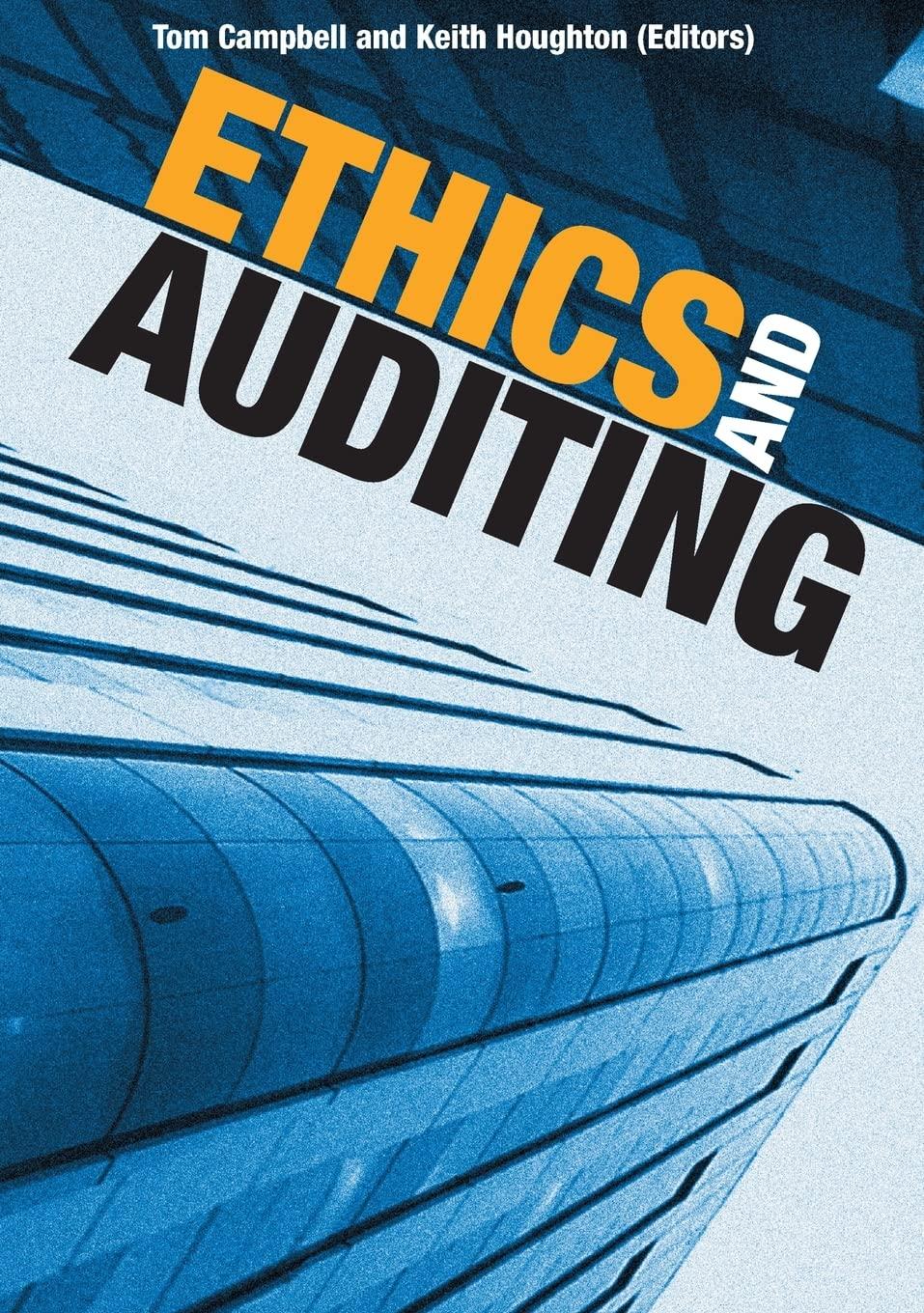Question
uppose that the personal computer industry is characterized by a very large producer, Enormous Personal Computer, Inc., and 10 other firms in a competitive fringe
uppose that the personal computer industry is characterized by a very large producer, Enormous Personal Computer, Inc., and 10 other firms in a competitive fringe that produce clones of EPC's computers. Demand for personal computer is given by: Q = -10p + 35000
EPC can product PCs at a constant marginal cost of $1,000, while firms in the competitive fringe face increasing marginal cost, given by: MC = q + 500
a- Assume that each member of the competitive fringe acts as a price taker. Find each firm's supply function.
Graph the supply curve for all fringe firms combined in a diagram. Also graph market demand.
b- EPC know the supply functions of the competitive fringe firms. Let m represent EPC's output. Find EPC's demand curve, taking into account the behavior of fringe firms. To begin, replace Q in the market demand function with m+ 10qi. Then, substitute the supply function for the typical fringe firm and solve for m as a function of P.
m = (1) _______________EPC's inverse demand function is:
P = (2) _______________Add EPC's demand function to the graph in a. Find EPC's marginal revenue function and add it to the graph in a.
MR = (3)
What value of m will maximize EPC'sprofit?
m*= (4)______________
If EPC chooses m*, what will P be? P* = (5)
How many PCs will be supplied by each competitive fringe firm?
Q* = (6)___________
What will the total quantity be? Q* = (7)____________
Indicate the values of P*, m*, Q* and 10q* on the graph in a. Also indicate the area that represents consumer surplus, under the assumption that the ordinary demand curve is identical to the compensated demand curve.
c- Assume that there if free entry and exit for fringe firms and that the equilibrium you found is a long-run equilibrium. What must average costs be for fringe firms? (1) _______If EPC priced at marginal cost, what would happen to P, Q, m, a, the number of firms on the fringe, and consumer surplus? (2)______________
d- If EPC left the market, what would happen to P, Q, m, and consumer surplus in the short run when the number of firms is fixed?
What will happen in the long run when more identical firms can enter and exit, assuming that this is a constant cost industry? [Hint: if the equilibrium you depicted in the diagram is the long-run equilibrium when EPC is a leader, what must average cost be for the fringe firms?]
Does it matter to consumers whether EPC, which has lower costs of production than the fringe firms, is in the industry or not?
Notes:
Please solve a, b, c or d if you are not able to solve all of the questions. Provide detailed explanations to your answers.
Do not copy solutions from other solutions posted as they are either wrong or not very clear. Thank you.
Step by Step Solution
There are 3 Steps involved in it
Step: 1

Get Instant Access to Expert-Tailored Solutions
See step-by-step solutions with expert insights and AI powered tools for academic success
Step: 2

Step: 3

Ace Your Homework with AI
Get the answers you need in no time with our AI-driven, step-by-step assistance
Get Started


